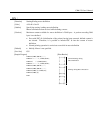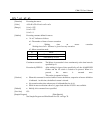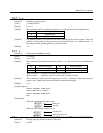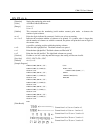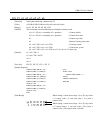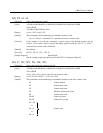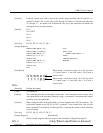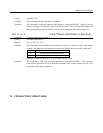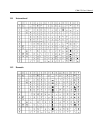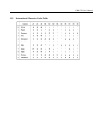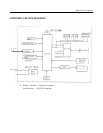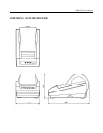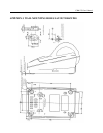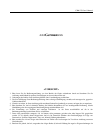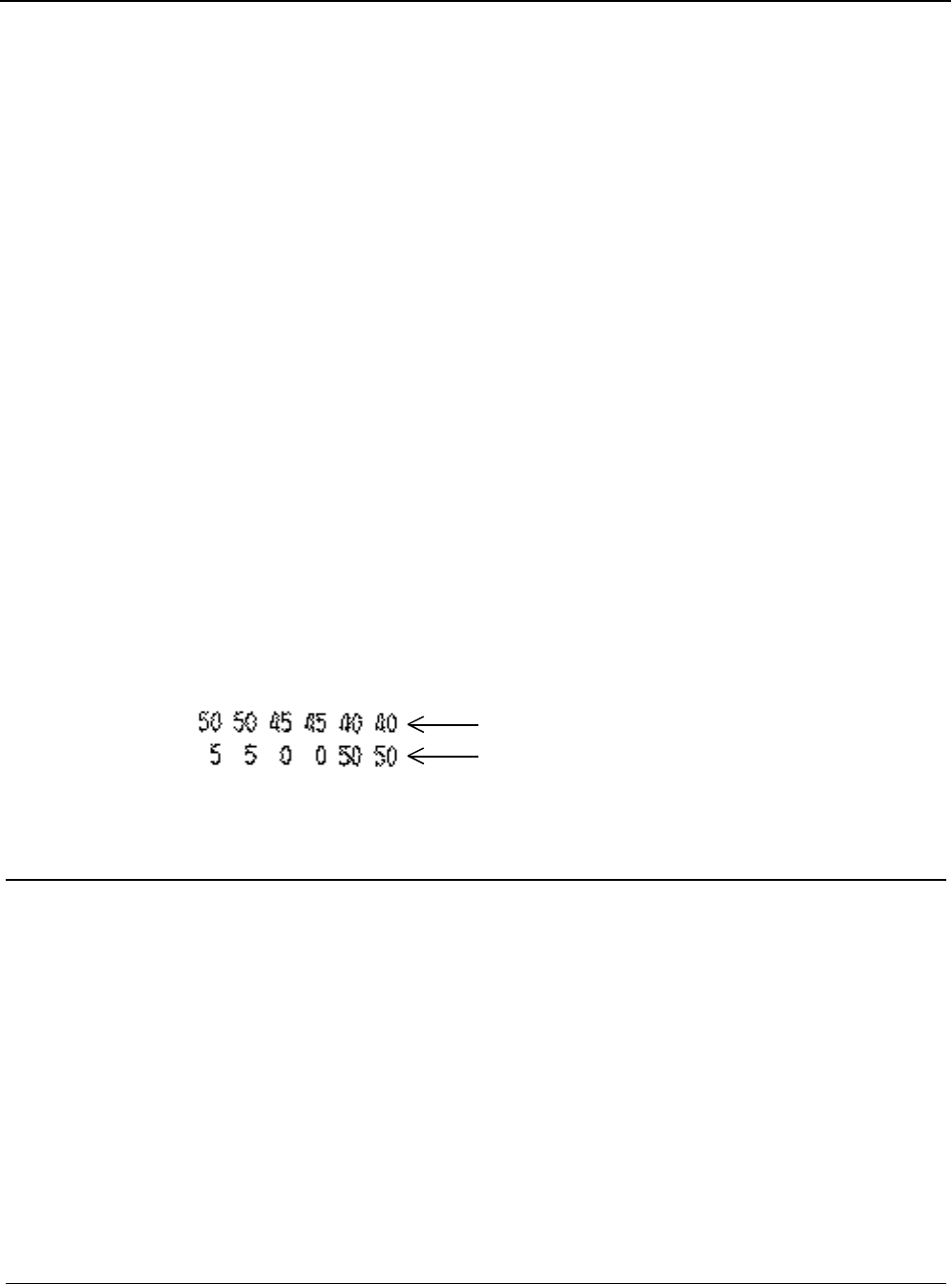
CBM-270 User’s Manual
[Caution] If the N5 counter start value is beyond the counter range specified with N1 and N2, it is
assumed to be N1 = N5. If each value of N1 through N5 contains a character code other than
"0" through "9" , the printer will invalidate the data up to that parameter and handle the
subsequent data as normal print data.
[Default] N1 = 1
N2 = 65535
N3 = 1
N4 = 1
N5 = 1
[See Also] GS C0, GS C1, GS C2, GS c
[Sample Program]
LPRINT CHR$ (&H1D) ; "C0" ; * CNT
LPRINT CHR$ (3) ; CHR$ (0) ; FOR I=1 TO 6
LPRINT CHR$ (&H1D) ; "C" ; LPRINT CHR$ (&H1D) ; "c" ;
LPRINT "50 ; 0 ; 5 ; 2 ; 50 ; " ; NEXT I
GOSUB * CNT LPRINT CHR$ (&HA) ;
LPRINT CHR$ (&H1D) ; "C ; " ; RETURN
LPRINT "50 ; 0 ; 5 ; 2 ; 5 ; " ;
GOSUB * CNT
END
[Print Result] When setting a count-down range = 0 to 50, step value
= 5, repeat count = 2, and start value = 50 to print a
counter value.
When setting a count-down range = 0 to 50, step value
= 5, repeat count = 2, and start value = 5 to print a
counter value.
GS c
[Function] Printing the counter
[Code] <1D>H<63>H
[Outline] This command prints the serial number counter data. After setting the current counter value
in the print buffer as the print data (Character string), it increments or decrements the counter
according to the set count mode.
[Caution] When setting the value in the print buffer, its format depends on the GS C0 command. The
count mode depends on the GS C1 or GS C; command. If the counter final value set with
these commands if exceeded by executing the GS c command, the counter will be initialized
to the set default.
[See Also] GS C0, GS C1, GS C2, GS C ;
[Sample Program] [Print Result]
See the sample programs and print results for the commands on Pages 82 through 85.
GS < (Only When Label Printer is Selected)
[Function] Initializing the printer mechanism




